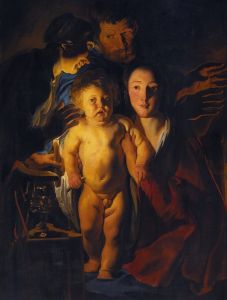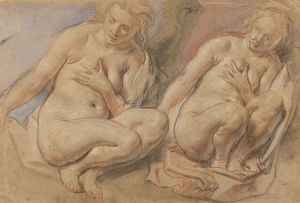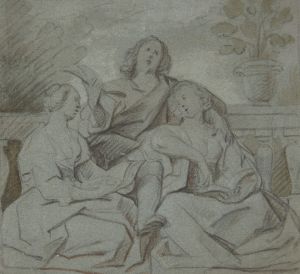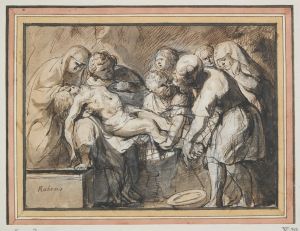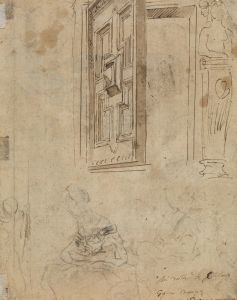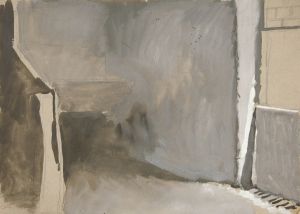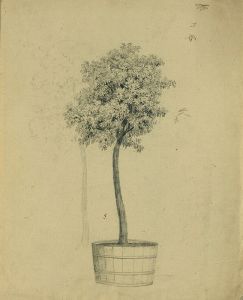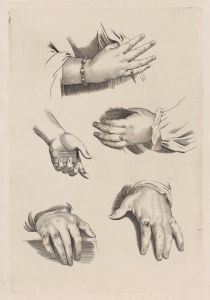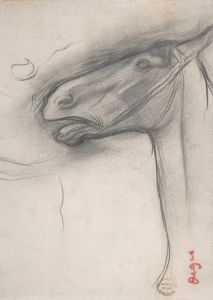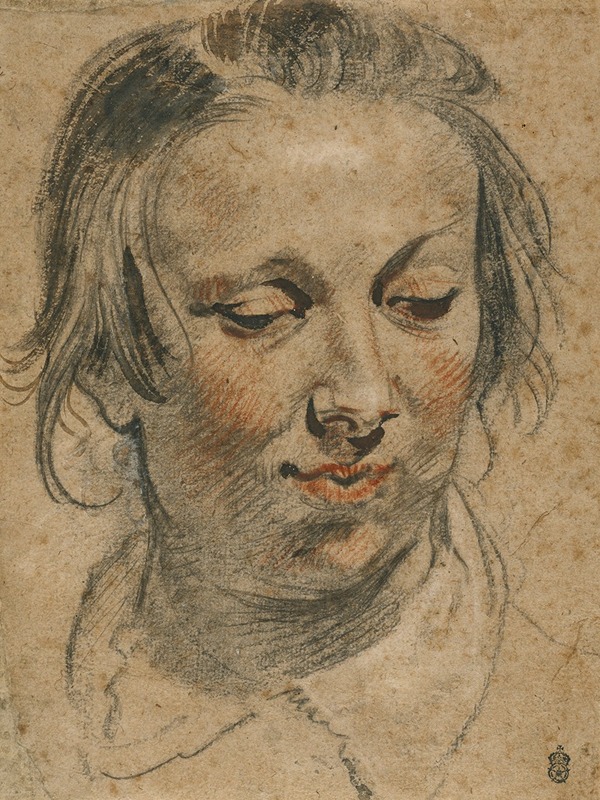
Head of a Woman
A hand-painted replica of Jacob Jordaens’s masterpiece Head of a Woman, meticulously crafted by professional artists to capture the true essence of the original. Each piece is created with museum-quality canvas and rare mineral pigments, carefully painted by experienced artists with delicate brushstrokes and rich, layered colors to perfectly recreate the texture of the original artwork. Unlike machine-printed reproductions, this hand-painted version brings the painting to life, infused with the artist’s emotions and skill in every stroke. Whether for personal collection or home decoration, it instantly elevates the artistic atmosphere of any space.
"Head of a Woman" is a painting attributed to the Flemish Baroque artist Jacob Jordaens (1593–1678). Jordaens was a prominent painter in 17th-century Antwerp, known for his dynamic compositions, vibrant use of color, and depictions of everyday life, mythology, and religious themes. This particular work is a study of a woman’s head, showcasing Jordaens’ skill in capturing human expression and texture.
The painting is believed to be an oil sketch or preparatory study, a common practice among Baroque artists who often created such works to refine their ideas for larger compositions. The subject is a woman, depicted with a naturalistic and expressive face, which reflects Jordaens’ interest in portraying human emotion and individuality. The brushwork is loose and energetic, suggesting that the piece was intended as a study rather than a finished work. This approach allowed Jordaens to experiment with light, shadow, and texture, elements that are characteristic of his style.
As with many of Jordaens’ works, "Head of a Woman" demonstrates his mastery of chiaroscuro, the dramatic contrast between light and dark that gives the subject a sense of depth and volume. The painting also highlights Jordaens’ ability to render the subtleties of human skin, hair, and facial features, which contribute to the lifelike quality of the portrait.
The exact date of the painting is not known, but it likely originates from the mid-17th century, during the height of Jordaens’ career. The identity of the woman depicted is also unknown, as is often the case with studies of this nature. It is possible that the subject was a model or someone from Jordaens’ immediate circle, but no definitive evidence exists to confirm this.
"Head of a Woman" is currently housed in a museum or private collection, though specific details about its provenance and current location are not widely documented. The painting is valued for its artistic merit and as an example of Jordaens’ preparatory work, offering insight into his creative process and techniques.
This work is a testament to Jacob Jordaens’ contribution to the Baroque movement and his ability to capture the essence of his subjects with remarkable skill and sensitivity.






